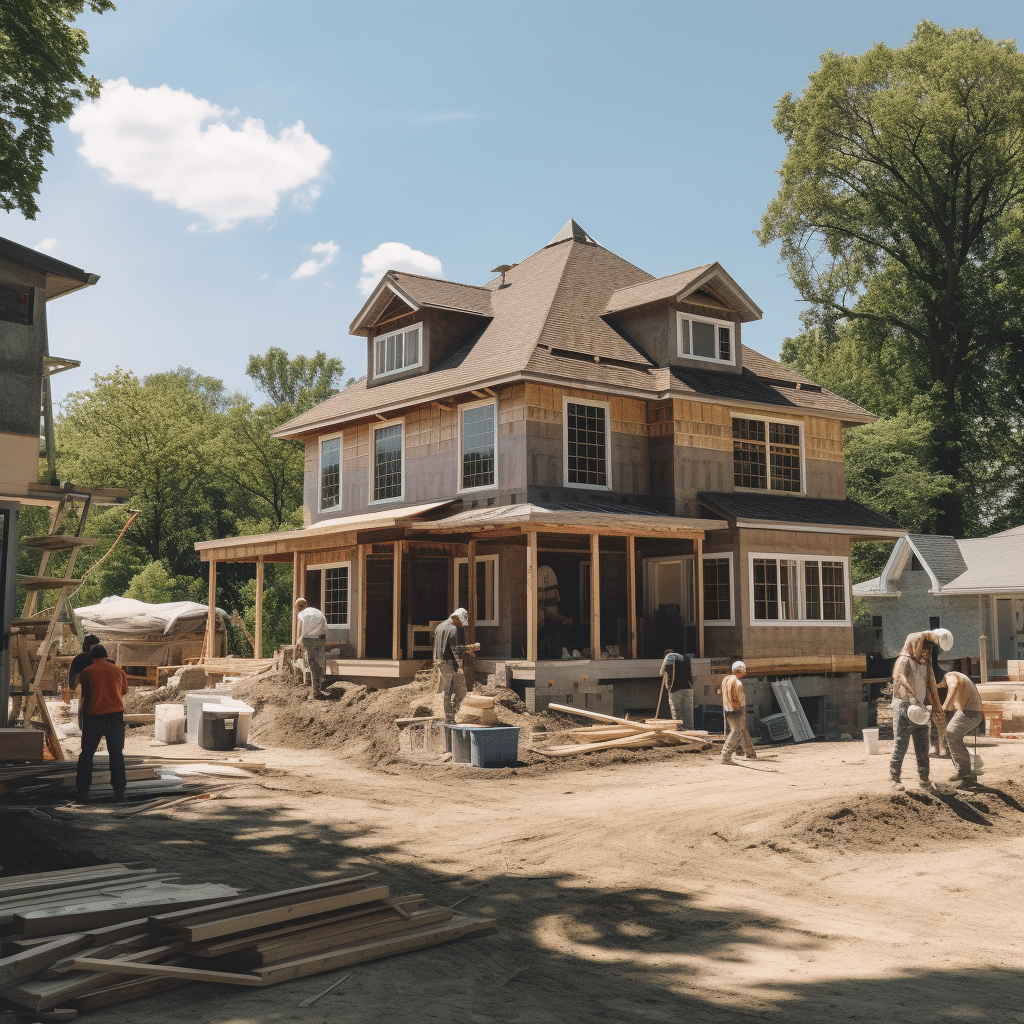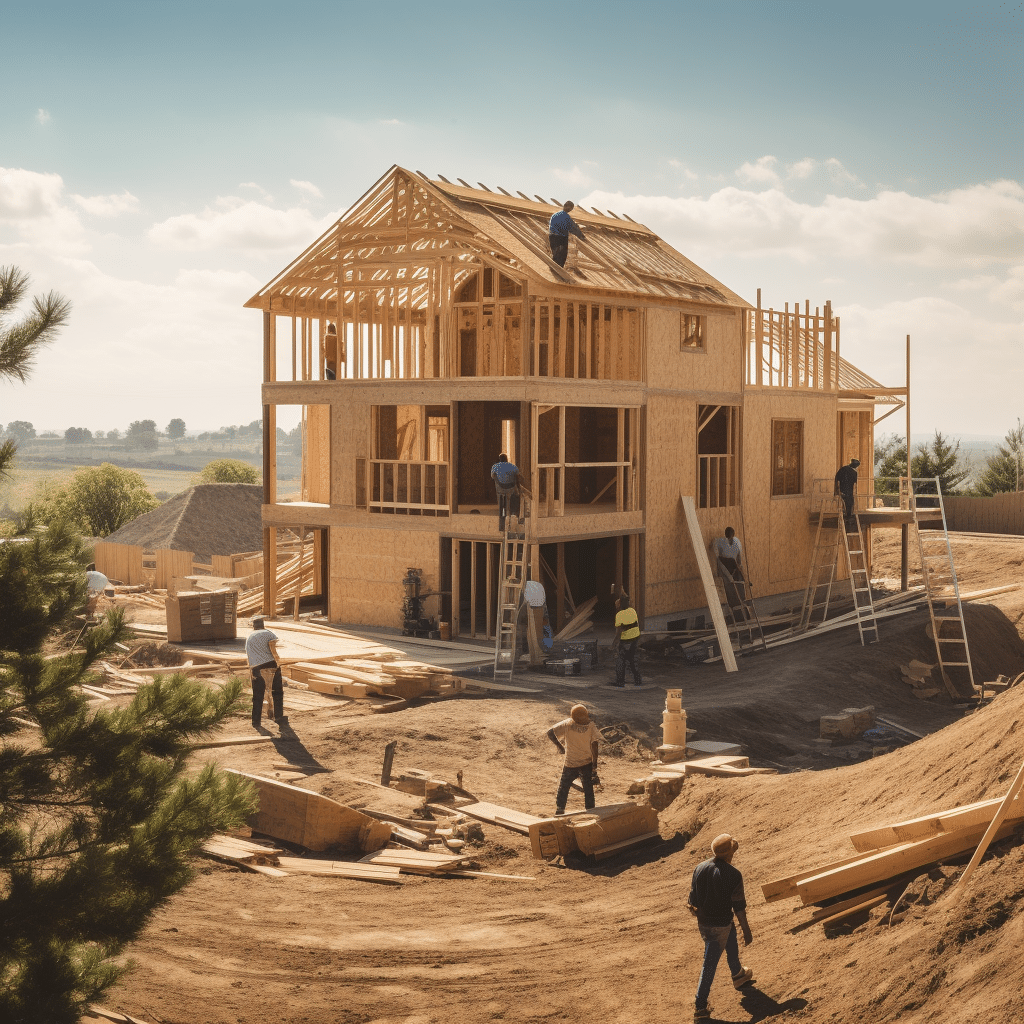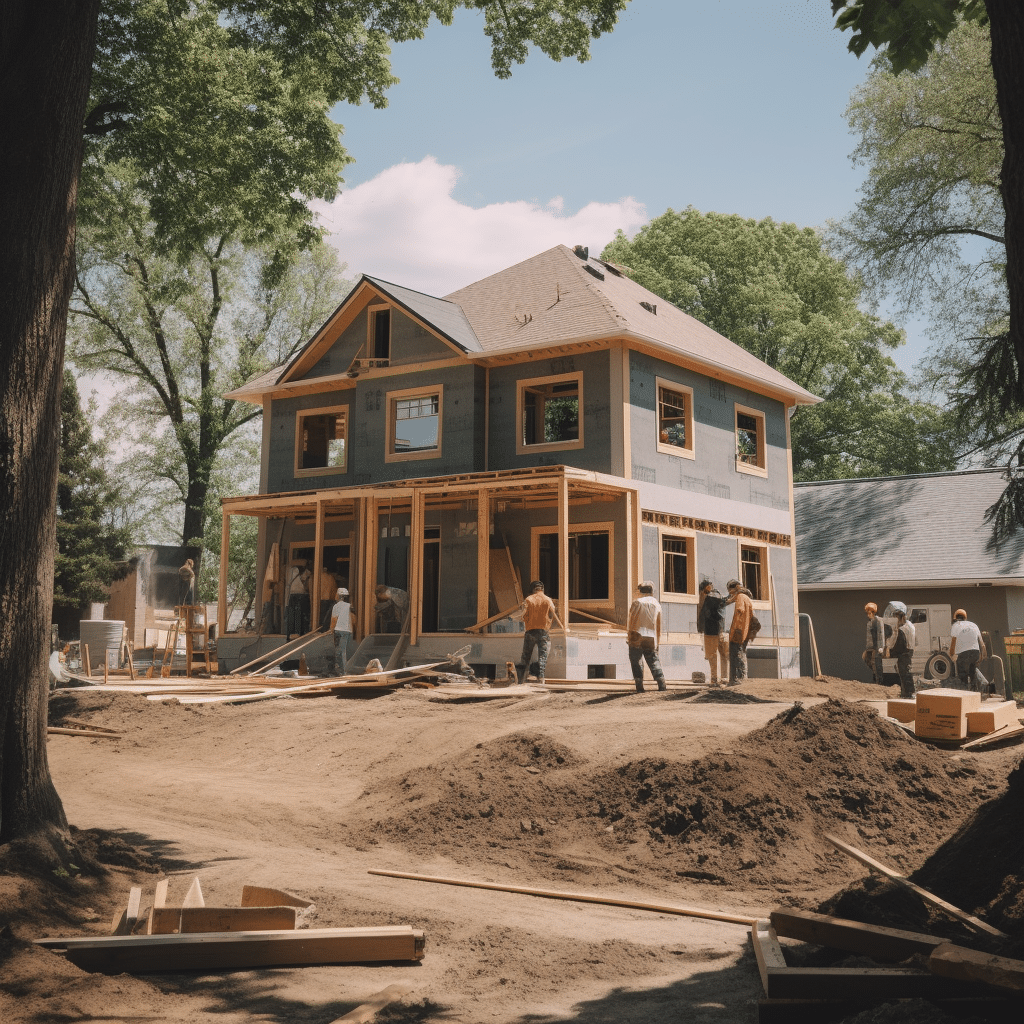Whether you’ve just found out that your dream home has unpermitted work or you tackled a DIY project without realizing you needed a permit, worry not! In this informative guide, we’ll dive into the world of permits after work is done and learn how to get a permit after work is done, sidestepping pitfalls and headaches.
1. Know the Importance of Permits
First, let’s understand why permits are so crucial. True, it’s a bureaucratic hassle, but getting permits is essential to ensuring your home’s safety, value, and compliance with local regulations. Permits are designed to protect the public from shoddy or dangerous construction practices.
Keep in mind that unpermitted work can lead to substantial fines, the need to retrofit the project, or even demolition. Furthermore, unpermitted work can make it harder to sell your home or get a mortgage. Consequently, knowing how to get a permit after work is done, unpermitted, emerges as a valuable lifeskill.
2. Assess the Situation
To remedy the situation, first figure out the extent and nature of the unpermitted work. Check the property records to compare the existing conditions with the permitted ones. This will help you understand what you’re dealing with before you dive in.
3. Research Local Laws and Regulations
Once you know what you need to address, research the applicable local codes, regulations, and permitting requirements. Don’t worry, a quick online search will usually lead you to your local municipality’s permitting office, like LA County’s Building and Safety Division.
While you’re at it, make sure to check for other location-specific regulations your home might be subject to, such as flood zone AE or flood zone X.

4. Make a Plan and Gather Documentation
Once you’re well-versed in your local requirements, create a plan to bring the unpermitted work up to code. Background documentation, like pictures or measurements, will help you describe the project in detail. Your local permitting office will likely request an application along with drawings of the proposed work or changes.
Pro tip: If you’re unsure about some aspects of the process, reach out to an experienced contractor. They’ll be able to provide you with advice, help you create the necessary documents, or even assist you in the permitting process.
5. Apply for and Obtain the Proper Permits
With your detailed plan in hand, apply for the necessary permits at your local permitting office. Expect to pay the permit fees. Local authorities will then review your application and grant the permits if everything is up to code.
In some cases, you might need to reverse-engineer the permit process, meaning you’ll have to start at the beginning of the permitting process, even though the work is already done. Trust us, it’s worth the effort!
6. Prepare for Inspections
Once the permits are issued, expect local inspectors to come by and check the work. They will verify its compliance both with your permit application and local safety standards.
Here’s the catch: If the work isn’t accessible, you might need to open up some walls or ceilings to allow inspections. While it might be a hassle, rest assured that it’s a necessary step in how to get a permit after work is done, unpermitted.
7. Receive Approval and Close Your Permit
After passing the inspection(s), the final step is to receive approval and have the permit closed, thus resolving the issue once and for all. With that, you’ve officially made your unpermitted work legal and safe!

History
The practice of obtaining permits dates back to Ancient Rome, where the first building codes were established. Modern permitting systems were instituted to protect public safety and comply with federal, state, and local codes.
Statistics
- It’s estimated that up to 30% of US homes have unpermitted work.
- Fines for unpermitted work can range from a few hundred dollars to tens of thousands.
- There is a rise in unpermitted work being disclosed in real estate transactions, increasing the need for homeowners to understand how to get a permit after work is done.
Trivia
- Unpermitted work can cause a domino effect beyond just fines, potentially affecting insurance claims and resale value.
- Some homeowners see unpermitted work as an opportunity to negotiate a lower purchase price.
- There’s nothing as satisfying as finishing a DIY project and knowing you’ve done it the right way, permits and all!

FAQs
Q: Is unpermitted work always a deal-breaker when buying a home?
A: Not always. You can use it as a negotiation tool, and if you know how to get a permit after work is done, it might be manageable.
Q: Can I get a mortgage for a property with unpermitted work?
A: Some lenders might refuse to finance a property with unpermitted work, but there are also mortgage products available that accommodate such situations.
Q: Can I sell my property if it has unpermitted work?
A: Yes, but it might be harder to find buyers willing to assume the risk. Additionally, some buyers might request a price reduction to account for the necessary permitting and retrofitting.
In conclusion, knowing how to get a permit after work is done is vital when dealing with unpermitted work. Follow our quick tips, and you’ll be on the right track to making your home safe, compliant, and valuable. Happy permitting!



